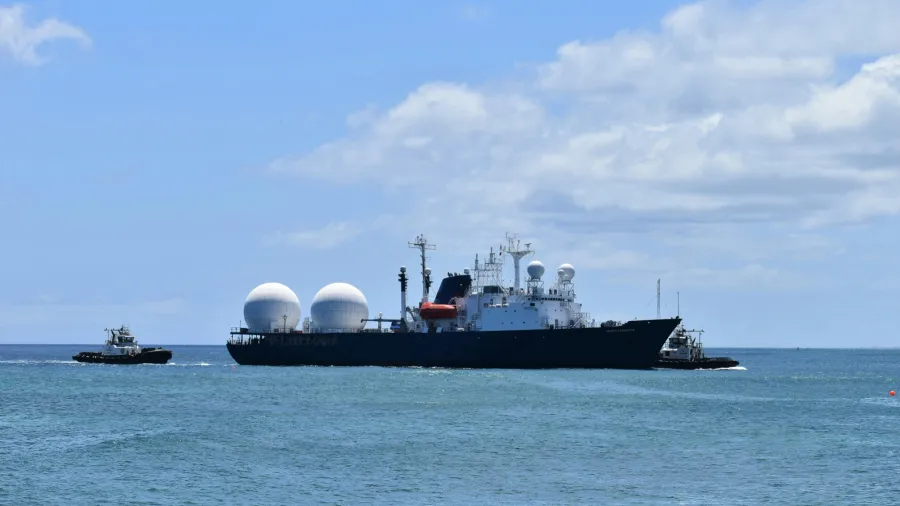
US LNG could cut Asia’s emissions by half versus coal
Demand for natural gas will continue to be strong in the coming years.
Whilst supply travels a long distance, it may be advantageous for Asia to continue sourcing its supply of liquefied natural gas (LNG) from the US as it is seen to emit up to 50% less than even the cleanest coal power plants, Rystad Energy said.
In its latest research, Rystad Energy assessed total potential emissions for coal-to-power and LNG-to-power value chains, including carbon dioxide and methane, from extraction to end-use in power plants.
It focused on US LNG shipped to Asia given that the western superpower plays a dominant role in the global market.
Rystad Energy projects that global LNG supply will approach 850 billions of cubic meters annually by 2030, around 30% of which will likely come from the US. Gas demand in Asian markets will remain strong, and LNG will be a key competitor to coal in power generation.
In its analysis, Rystad Energy created high-case and low-case scenarios for both LNG and coal emissions.
“Most US-Asia LNG-to-power deliveries have a lower value-chain emission footprint than domestic coal-to-power. This holds true even when assuming high methane leakage rate,” the statement read.
Rystad Energy noted there were still some Asian coal-power stations that could have lower value-chain emissions than some of the high-emitting LNG sources.
For high-case LNG scenario, leakage rates in the natural gas value chain would have to be above 4% to equal the low-case coal scenario emissions, Rystad Energy noted.
“However, several studies have revealed that methane emissions in the coal extraction process are much greater than previously thought, meaning actual leakage rates in the gas value chain would need to be significantly higher – potentially between 6% and 10% – for low-case coal to be favoured over high-case LNG from an emissions perspective,” it said.
“Most US LNG cargoes, however, are understood to be supplied by gas from basins with low methane emissions, like the Haynesville, and associated gas from large operators in the Permian basin, which tends to have substantially lower methane intensity than the worst performers,” it added.
Rystad Energy said it is vital for LNG industry operators and other stakeholders in the value chain to reduce methane leakages to widen the emissions gap between gas and coal.
Doing so would also allow natural gas to play its most optimal role as a transition fuel when coal is being phased out, Rystad Energy said.
“Increasing scrutiny of methane leakages, along with growth in methane monitoring and identification technologies, will help reduce methane emissions throughout the LNG value chain. On the other hand, coal-to-power, which is dominated by end-use combustion at less efficient power plants, has fewer and less impactful opportunities to crimp its value-chain emissions footprint,” Rystad Energy said.
“As a result, the LNG value chain will likely continue to increase its emissions competitiveness over time,” it added.








![Cross Domain [Manu + SBR + ABF + ABR + FMCG + HBR + ]](https://cmg-qa.s3.ap-southeast-1.amazonaws.com/s3fs-public/styles/exclusive_featured_article/public/2025-01/earth-3537401_1920_4.jpg.webp?itok=WaRpTJwE)
![Cross Domain [SBR + ABR]](https://cmg-qa.s3.ap-southeast-1.amazonaws.com/s3fs-public/styles/exclusive_featured_article/public/2025-01/pexels-jahoo-867092-2_1.jpg.webp?itok=o7MUL1oO)









 Advertise
Advertise


